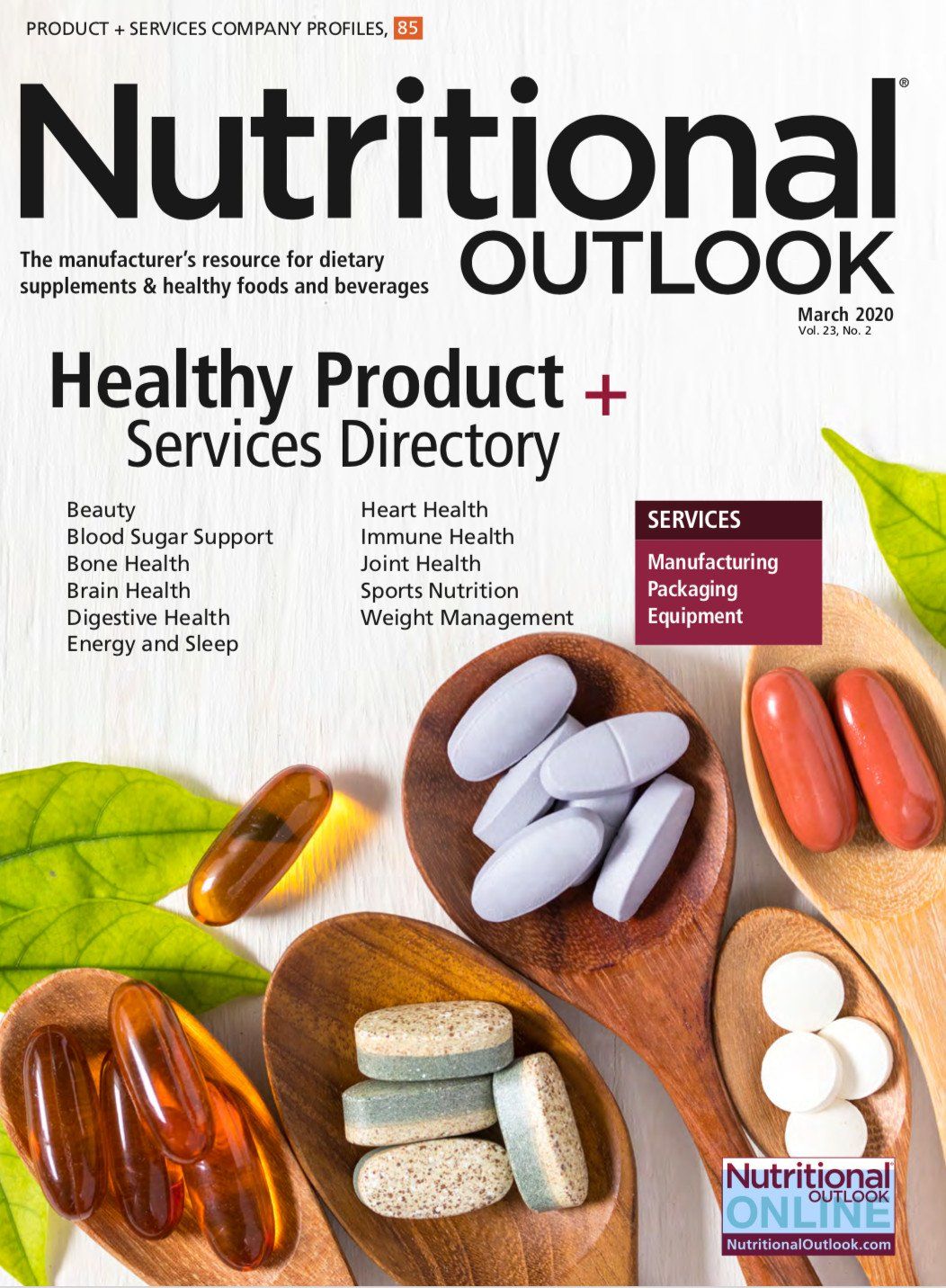Immune health’s market opportunities, from elderberry to kids’ health
It’s clear that consumers are buying immune health products, and that immune health is a concept they believe in and take seriously.
Photo credit © Pixel-Shot - Stock.adobe.com

Herbs have consistently been among the best-performing immune health ingredients on the market. Horehound, echinacea, and elderberry are dominant forces in this category. According to the most recent HerbalGram Herb Market Report, published in the American Botanical Council’s journal in September 2019, total 2018 sales of horehound in the U.S. mainstream retail channel were $146.6 million1. Total sales of echinacea in the U.S. mainstream channel that year were $110 million. Horehound and echinacea were, in fact, the first- and second-bestselling herbs in the mainstream herbal channel in 2018.
According to market researcher SPINS, sales of these two immune-health leaders, horehound and echinacea, in the mainstream channel a year later remain steady, growing 0.8% and 5.8%, respectively, during the 52 weeks ending October 6, 2019. In the immune health category, sales of horehound and echinacea reached $149 million and $103 million, respectively, in 2019.
However, the most impressive sales growth among herbs in the immune health space goes to elderberry. According to HerbalGram’s Herb Market Report, back in 2018 elderberry sales grew 138.4% to $51 million in the mainstream channel and 93.9% to $25 million in the natural channel.
Taking a look at the elderberry market a year later, per SPINS, during the 52 weeks ending October 6, 2019, cross-channel sales growth of elderberry was 83.4%, for total sales of $113 million. In the mainstream channel alone, sales of elderberry for immune health grew 116% to $63 million.
Another usual suspect in the immune health category, vitamin C, is the mainstream channel’s bestselling immune health ingredient, according to SPINS, with $244 million in sales in 2019 and relatively steady growth of 6% over the previous year. It is also the eighth-bestselling ingredient in the mainstream channel, with total sales of $346 million. Here, vitamin C also shows steady growth of 4.5% compared to the previous year.
While probiotics corner the market on digestive health, the relationship between digestive health and immune health cannot be overstated. Probiotics are among the bestselling ingredients across all channels, but according to SPINS during the 52 weeks ending October 6, 2019, cross-channel probiotic sales fell 3.7%. It could be that the digestive health space is getting saturated with all kinds of probiotics and specialty ingredients. With strains that are proven to support immune health, this could be an opportunity to cross-market to immune health.
Based on these sales figures, it’s clear that consumers are buying products with these ingredients, and that immune health is a concept they believe in and take seriously. According to the Council for Responsible Nutrition’s 2019 Consumer Survey on Dietary Supplements, immune health ranks among the top five reasons for taking dietary supplements, cited by 27% of supplement users. Immune health is also a category that spans different demographics.
“Immune health is a foundation of quality of life for people of every age and in every need state, which is one of the reasons it is the most sought-after health benefit for consumers across the world,” says John Quilter, vice president and general manager, ProActive Health, for Kerry International. “Families with young children and people experiencing lifestyle stress are two obvious groups seeking an immune health boost. Immune health is also one of the health benefits most likely to be sought by seniors, so population aging will fuel further growth in the category.”
Families have a big need for immune health ingredients, for all parties involved. However, while adults have a large variety of options, children have much fewer. A report published by Kerry International, citing insights from Mintel, states that despite the high level of interest in immune support for children, only 2% of children’s food and drink products launched globally between 2012 and 2017 carried immune health claims2. This means there is a large gap that needs filling, particularly in the functional food and beverage space.
“Another area where the consumer appeal of immune health ingredients is growing-given that avoiding illness is a key goal for active consumers-is sports nutrition,” adds Quilter. Staying healthy is central to peak athletic performance, and incorporating immune health ingredients into sports nutrition products is a way to encourage their use.
According to a report from Kerry International, 37% of consumers from the United Kingdom stated they would buy a sports nutrition product that supports immune health3. That same report said that sports nutrition consumers are also adventurous, with 49% of them saying they would try new or different sports and energy foods sometimes or often. If you consider that proteins of various kinds have seen cross-channel decline in sales, based on figures from SPINS, the sports nutrition space can be another viable platform for immune health ingredients.
References:
- Smith T et al. “Herbal supplement sales in US increase by 9.4% in 2018.” HerbalGram, no. 123 (2019): 62-73
- Kerry International report. “Child’s Play: Closing the Innovation Gap in Kids Beverages.” Published in 2019.
- Kerry International report. “Game Changer: The Next Big Thing in Sports Nutrition?” Published in 2019.

Prinova acquires Aplinova to further increase its footprint in Latin America
April 7th 2025Prinova has recently announced the acquisition of Brazilian ingredients distributor Aplinova, which is a provider of specialty ingredients for a range of market segments that include food, beverage, supplements, and personal care.

























